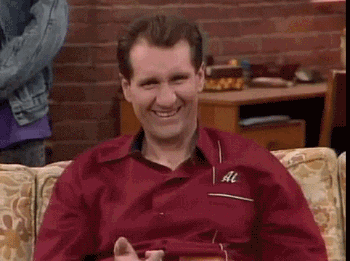For hard-to-find rounds, handloading is the difference between shooting and not shooting. Primers and other components HAVE become more expensive, but factory ammo, when available has done the same only much more so.
One point of relative economy for you is that, if you keep your loads moderate, you can run all three guns on a single powder, so you needn't invest in multiple pounds of propellants.To use Alliant Unique as an example, and loads that develop factory velocities, a pound of it will give you about 930 rounds of .44 Special ammo, assuming no waste nor spillage. For factory-ish loads in .45 Colt, a pound of Unique works out to 875 rounds. For .38 Special non +P, a pound of Unique delivers between 1400 and 1750 rounds.
There are other propellants that are more or less suited to your reloading needs, which are more efficient and would likely yield you more rounds reloaded per pound. I used Unique as an example because I like it and knew the numbers off the top of my head.
You'll use one primer per round. Primers are scarce, expensive, and cannot easily be "refurbed".
You'll use one projectile per round. If shooting somewhere private, these may often be recovered, melted down, and recast. Casting equipment is more money, but not MUCH more, and adds flexibility to your response to an uncertain ammunition market.
You'll use one case per round, which may still be the most cost-intensive component of a factory round. With MODERATE reloads, they tend to last a VERY long time. I know pistoleros who have reloaded brass from factory rounds 15 & 16 times, with no apparent signs of quitting. Me, I tend to LOSE old brass before I get into the double-digits in the "times reloaded" category.
The initial investment, to get you every thing you need to begin reloading, plus a few extras that make it far less laborious, should run you under $500, before taxes, and perhaps WELL under. I recommend buying equipment from Lee Precision, initially. Their equipment is durable, inexpensive, high-quality (especially their dies), and easy to learn on. EVENTUALLY, Lee products WILL wear out (except, apparently, the dies), but not all at once. When a Lee product wears out, consider replacing it with an analogous product from, say, RCBS, Lyman, Hornady, or others. I've worn out 3 single-stage Lee presses from heavy rifle reloading. I have a Lyman press, born before I was, that I still use to de-prime and resize everything I shoot. By the time you need to replace something, you'll have a far better idea of what particular features you want in the next one, before repurchasing.
Okay, end of Master's thesis...





